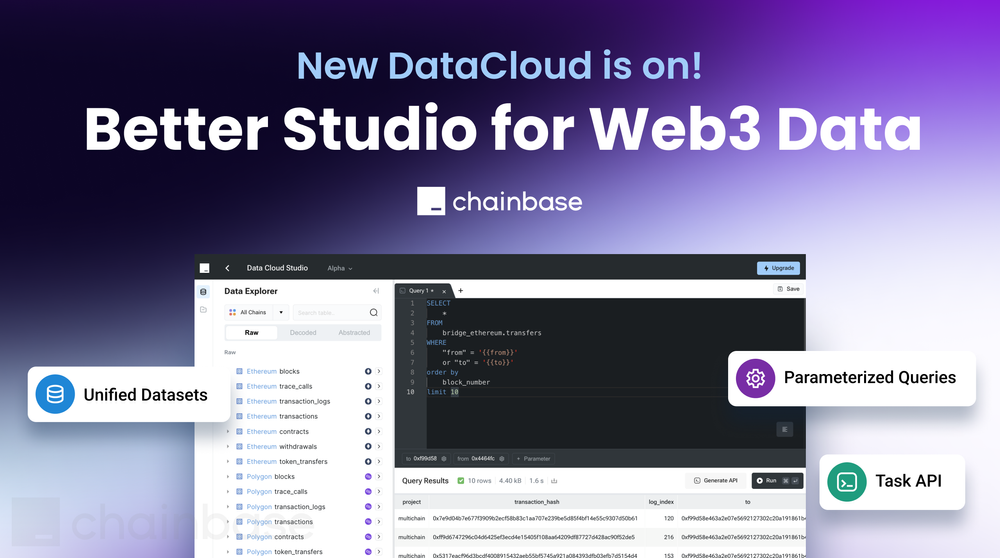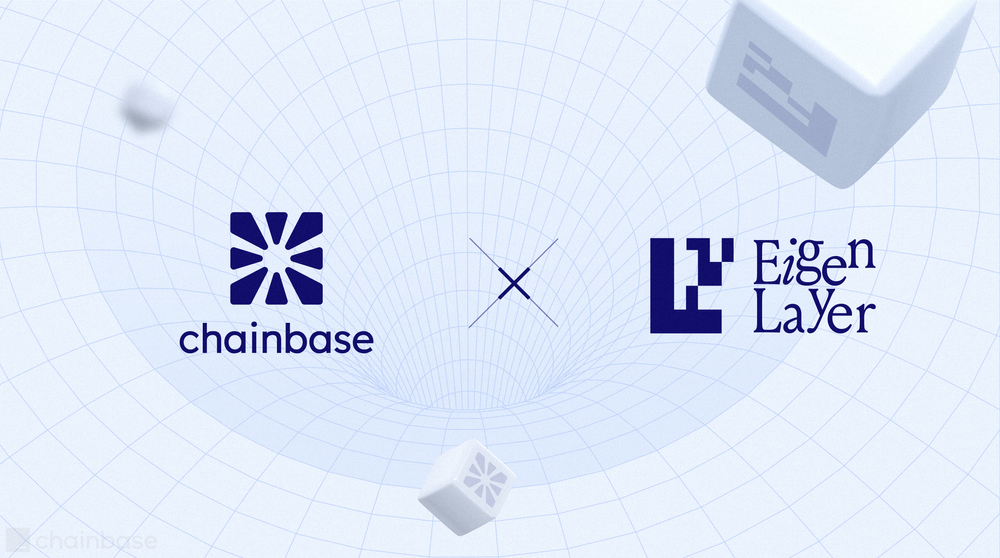In the ever-evolving landscape of digital art and blockchain technology, Non-Fungible Tokens (NFTs) have emerged as a revolutionary way to authenticate and trade digital creations. OpenSea, the pioneering NFT marketplace, has played a pivotal role in shaping the NFT ecosystem. In this article, we will delve into the world of NFTs, explore the functionalities of OpenSea, and uncover the nuances of trading, buying, and selling NFTs on this platform.
NFTs and Digital Art: A Brief Overview
NFTs, or Non-Fungible Tokens, have gained immense popularity as unique digital assets that represent ownership or proof of authenticity for digital items such as artwork, music, videos, and even virtual real estate. Unlike cryptocurrencies like Bitcoin or Ethereum, NFTs are indivisible and cannot be exchanged on a one-to-one basis due to their uniqueness.
OpenSea: Pioneering the NFT Marketplace
OpenSea, the First NFT Marketplace
OpenSea stands out as the first and largest decentralized NFT marketplace, providing a platform for creators and collectors to engage in buying, selling, and trading NFTs. With a user-friendly interface and a vast array of available digital assets, OpenSea has become a hub for both seasoned NFT enthusiasts and newcomers.
Trading NFTs on OpenSea
Navigating the NFT trading landscape on OpenSea involves exploring various digital assets that hold value for collectors. These assets include digital art, virtual real estate, domain names, and more. The trading process is facilitated by blockchain technology, ensuring the authenticity and provenance of each NFT.
Web 3.0 Wallets: Your Gateway to OpenSea
To fully immerse yourself in the world of OpenSea, you'll need a Web 3.0 wallet, which serves as your digital keychain for accessing NFTs. Popular Web 3.0 wallets like MetaMask and Trust Wallet allow seamless interaction with blockchain-based platforms like OpenSea. These wallets also ensure secure transactions and storage of NFTs.
Connecting to OpenSea
To begin your journey on OpenSea, connect your Web 3.0 wallet to the platform. This step establishes a secure link between your wallet and the marketplace, enabling you to view your NFT holdings and engage in trading activities.
Searching for NFTs on OpenSea
OpenSea's search functionality empowers users to discover a wide range of NFTs. You can explore NFTs based on categories, artists, collections, and even specific attributes. This feature makes it easy to find NFTs that align with your preferences and interests.
Status Pills on OpenSea
Status Pills, a unique feature on OpenSea, provide a quick overview of an NFT's rarity, scarcity, and other key details. These pills offer valuable insights to collectors, helping them assess the significance of an NFT within the broader context of the marketplace.
Buying and Selling NFTs on OpenSea
Buying NFTs on OpenSea
Buying NFTs on OpenSea involves placing bids or making direct purchases using cryptocurrency. Once you find an NFT that captivates you, you can bid on it or purchase it outright. If your bid is the highest, you win the NFT, and the ownership is transferred to your wallet upon payment.
OpenSea Bundles
Bundles on OpenSea allow creators to group multiple NFTs together for sale. This approach is particularly appealing for collectors who are interested in acquiring a set of related NFTs in a single transaction. It also adds a layer of convenience to the purchasing process.
OpenSea Listings
Creators can list their NFTs for sale on OpenSea, specifying the price they deem appropriate. This listing can include various details about the NFT, such as its attributes, rarity, and description. Once listed, potential buyers can browse and decide whether to make a purchase.
Navigating Selling Strategies on OpenSea
Effective selling strategies on OpenSea involve considering factors such as market demand, rarity, and timing. Collectors and creators can choose to sell NFTs at a fixed price or through auctions. Understanding the preferences of the target audience plays a crucial role in determining the most effective selling approach.
Understanding OpenSea Fees and Currencies
OpenSea charges a fee for each successful transaction that occurs on the platform. These fees are typically a percentage of the sale price and are necessary to cover the costs associated with operating the marketplace. Transactions on OpenSea are conducted using cryptocurrency, primarily Ethereum (ETH), showcasing the synergy between NFTs and blockchain technology.
The Future of OpenSea and NFTs
The trajectory of OpenSea and the NFT market points towards continued growth and innovation. As more artists, creators, and collectors join the ecosystem, the marketplace's offerings will diversify, making NFTs even more accessible and appealing to a broader audience. The integration of NFTs into various industries, such as gaming, entertainment, and fashion, further solidifies their position as a groundbreaking digital asset.
In conclusion, OpenSea has redefined the way we perceive and engage with digital art and collectibles through the medium of NFTs. With its user-centric design, secure transactions, and innovative features, OpenSea continues to shape the NFT landscape and contribute to the ever-evolving world of Web 3.0.
About Chainbase
Chainbase is an all-in-one data infrastructure for Web3 that allows you to index, transform, and use on-chain data at scale. By leveraging enriched on-chain data and streaming computing technologies across one data infrastructure, Chainbase automates the indexing and querying of blockchain data, enabling developers to accomplish more with less effort.
Want to learn more about Chainbase?
Visit our website chainbase.com Sign up for a free account, and Check out our documentation.
Website|Blog|Twitter|Discord|Link3






